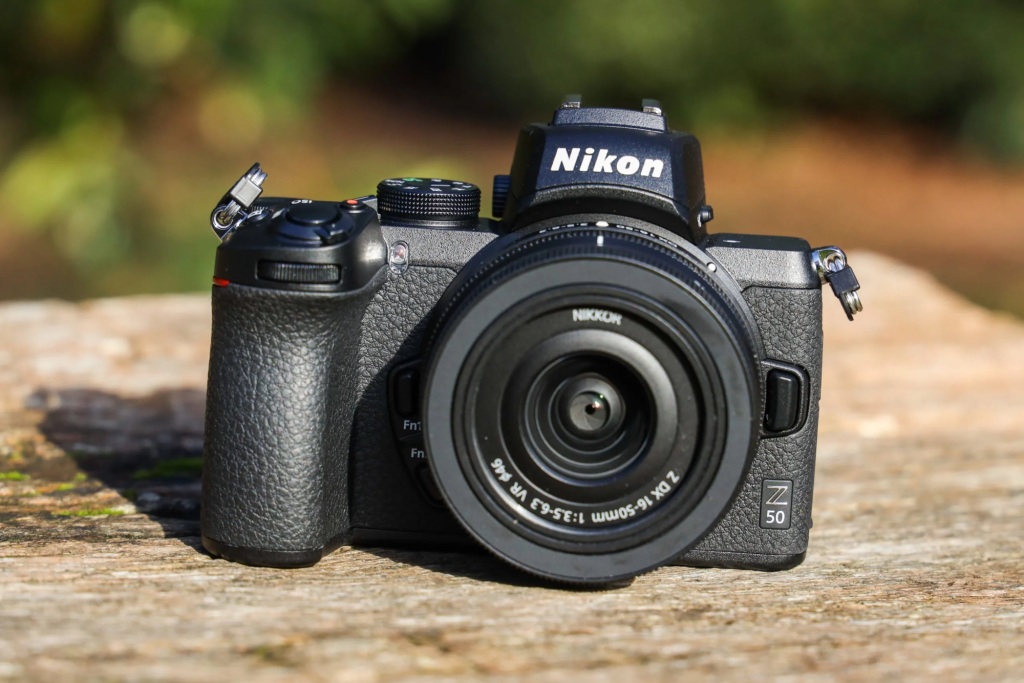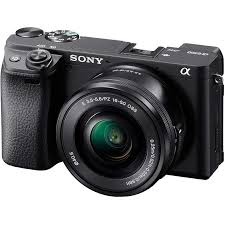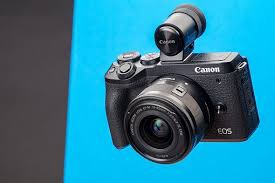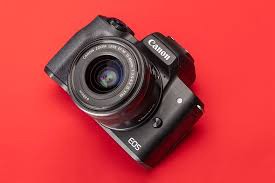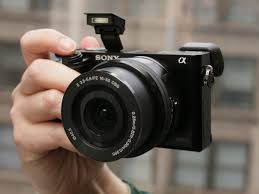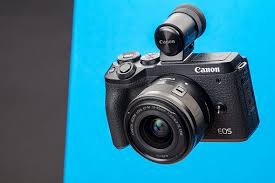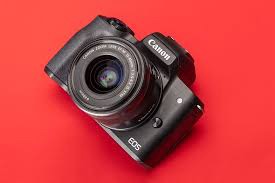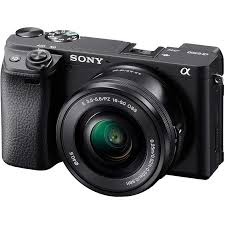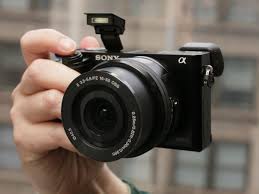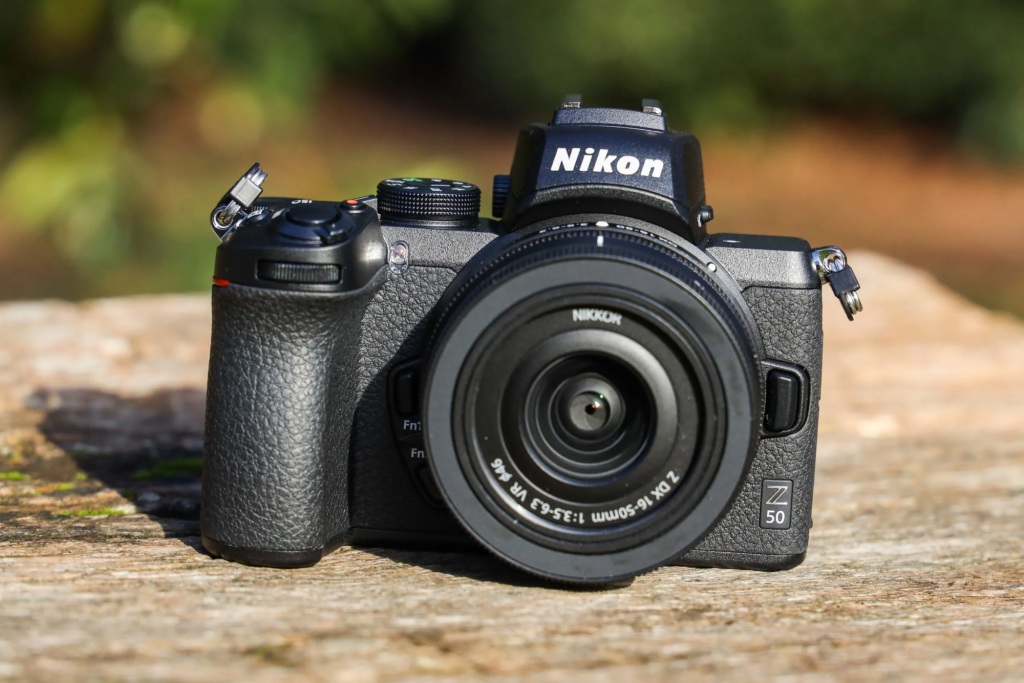Quick Links
1. Summary 2.Pros/Cons List 3. Concluding Summary 4. In Depth Specs List
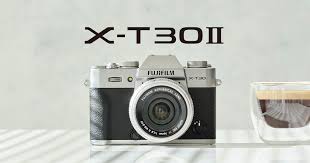
The Fujifilm X-T30 II is a compact and versatile mirrorless camera that inherits the iconic design and advanced features of its predecessor, the X-T30. It features a 26.1-megapixel X-Trans CMOS 4 sensor paired with the X-Processor 4, delivering outstanding image quality, excellent color reproduction, and impressive speed. The camera’s retro-inspired design, compact size, and robust performance make it a favorite among photographers who value both aesthetics and functionality.
Color Science and Film Simulation Mode: One of the standout features of the X-T30 II is Fujifilm’s renowned color science and film simulation modes. The camera incorporates Fujifilm’s proprietary color reproduction technology, known for its film-like rendering and rich color palette. With film simulation modes such as Classic Chrome, Provia, Velvia, and Acros, photographers can achieve distinctive looks and artistic effects straight out of the camera. This emphasis on color science and film simulation makes the X-T30 II a great tool for photographers who want to explore creative expression and capture images with character and depth.
Suitability for Creative Photography: The X-T30 II is well-suited for photographers who want to unleash their creativity and experiment with different styles and genres. Its intuitive controls, customizable settings, and array of creative tools empower photographers to push their boundaries and capture unique perspectives. Whether shooting landscapes, portraits, street photography, or documentary work, the X-T30 II offers versatility and performance to meet diverse creative demands.
Pros:
- Outstanding Image Quality: The 26.1-megapixel sensor combined with the X-Processor 4 delivers sharp, detailed images with excellent dynamic range and color accuracy.
- Film Simulation Modes: Fujifilm’s film simulation modes provide photographers with a range of creative options, allowing them to achieve distinctive looks and emulate classic film stocks.
- Compact and Lightweight: Weighing just 383 grams (body only), the X-T30 II is highly portable and suitable for travel, street photography, and on-the-go shooting.
- Fast and Precise Autofocus: The camera’s advanced autofocus system with phase detection ensures quick and accurate focusing, even in challenging lighting conditions or with moving subjects.
- Intuitive Controls: The X-T30 II features a tactile dial-based control layout that offers quick access to essential settings, making it easy for photographers to adjust parameters on the fly and focus on capturing the moment.
Cons:
- Usability Challenges: Some users may find the X-T30 II’s menu system and controls to be more complex and less intuitive compared to its competitors, requiring a learning curve to fully utilize its features.
- Limited Weather Sealing: While the X-T30 II offers some degree of weather resistance, it may not be as robustly sealed as higher-end Fujifilm models, limiting its suitability for extreme weather conditions.
- Battery Life: Like many mirrorless cameras, the X-T30 II’s battery life may be modest, requiring users to carry spare batteries for extended shooting sessions.
In conclusion, the Fujifilm X-T30 II excels in delivering exceptional image quality, versatile creative options, and a compact form factor that appeals to photographers seeking a balance between performance and portability. Its emphasis on color science, film simulation modes, and intuitive controls make it a compelling choice for photographers who want to express their creativity and capture memorable moments with style and flair, despite its usability challenges compared to competitors.
In Depth Specs
Image Sensor:
- 26.1 megapixel APS-C X-Trans CMOS 4 sensor
- X-Processor 4 image processor
Autofocus:
- Intelligent Hybrid AF system with 425 phase-detection points and 2.16 million phase detection pixels
- Face/Eye Detection AF and Tracking AF for precise focus on subjects
ISO Range:
- ISO 160-12800 (expandable to ISO 80-51200)
Continuous Shooting:
- Up to 30 frames per second (fps) in electronic shutter mode with a 1.25x crop
- Up to 8 frames per second (fps) in mechanical shutter mode
Video Recording:
- 4K UHD video recording at up to 30 fps
- Full HD 1080p video recording at up to 120 fps
- 10-bit 4:2:2 external recording via HDMI
- Film Simulation modes and F-Log recording for color grading
Viewfinder and Display:
- 2.36-million-dot OLED electronic viewfinder (EVF)
- 3.0-inch tilting touchscreen LCD with 1.04 million dots
Connectivity:
- Built-in Wi-Fi and Bluetooth for wireless image transfer and remote control
- USB Type-C, micro HDMI, 3.5mm microphone jack
Storage:
- Single SD/SDHC/SDXC memory card slot (UHS-I compatible)
Battery Life:
- Approximately 380 shots per charge (CIPA standard)
Dimensions and Weight:
- 118.4 x 82.8 x 46.8 mm (4.66 x 3.26 x 1.84 inches)
- 383 grams (body only with battery and memory card)
Other Features:
- 16 Film Simulation modes including Classic Chrome, Velvia, and Acros
- Advanced autofocus modes like Face/Eye Detection AF, Zone AF, and Wide/Tracking AF
- 4K video recording with 10-bit 4:2:2 output via HDMI for professional video workflows
- Compact and lightweight design with intuitive physical controls for easy handling
